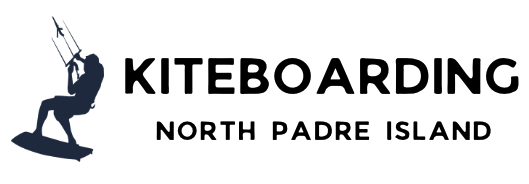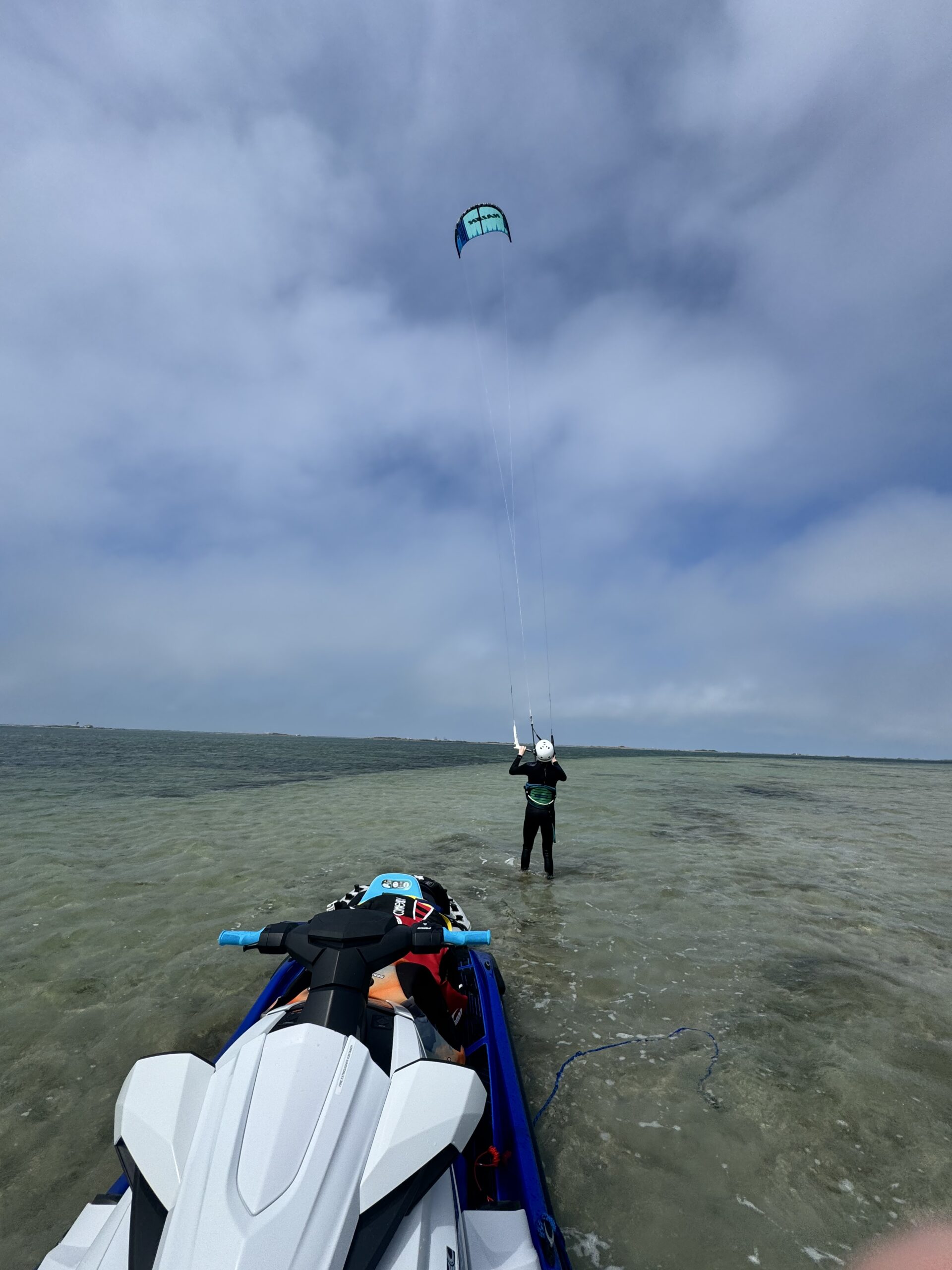The sun dips toward the horizon, painting the sky in shades of orange and purple as the ocean murmurs beneath a canopy of kites. The air is filled with the sound of fluttering nylon and the distant call of seagulls. This is the world of kitesurfing, where humans harness the power of wind and waves to dance across the water’s surface. For beginners eager to enter this vibrant community, the journey begins with a single lesson—a gateway to the thrilling sport of kitesurfing.
Before setting foot on the sandy path to the sea, preparation is key. The first lesson in kitesurfing is not only about learning to navigate the waters but also understanding the symbiosis between the kite, the board, and the rider. To embark on this adventure, one must lay the groundwork with confidence, ensuring smoother water starts, fewer crashes, and longer runs (Progression). Preparation includes dressing appropriately for the beach environment—sunscreen for protection against the relentless sun, and water clothes to guard against the salt and spray (IKO International).
The equipment for kitesurfing is specialized and tailored to support beginners as they develop their skills. A beginner’s kit typically includes a kite suitable for learning, a bar to control the kite, a large board for stability, and safety gear such as a harness and a helmet. It is often recommended to start with bow-shaped kites like the Core XR or the Ozone Edge, known for their forgiving nature and ease of use (Kitemana).
Safety cannot be overstated in kitesurfing. Wearing a safety leash, a buoyancy vest, and a helmet is non-negotiable. Beginners should practice in lighter winds, preferably side or side-onshore, to minimize risks. Clear communication and hand signals are vital when launching and landing kites, as is never flying over non-participants (Kitesurfing Handbook).
The structure of a kitesurfing lesson is carefully designed to build upon each skill progressively. The initial lessons focus on kite control, as mastering the kite’s movements is foundational to the sport. Subsequent lessons teach power generation, water relaunching of the kite, and body dragging—techniques that allow the rider to maneuver effectively in the water (Pacific Watersports).
Common mistakes can impede progress in kitesurfing. Overpulling the control lines or attempting to kitesurf in offshore winds without proper support can lead to dangerous situations. Ensuring kite lines are untangled and not caught on any objects is crucial for a successful launch (The Rider Experience).
The ideal locations for beginners offer safe and forgiving environments. Spots like Tarifa in Spain, Kalpitiya in Sri Lanka, and the lagoons of El Gouna in Egypt provide flat waters and consistent winds—perfect conditions for learning and practicing (BookSurfCamps).
Physical preparation is also part of the journey. Core exercises like planks and mountain climbers, along with lower body workouts such as squats, build the strength and stability required for kitesurfing (Kitemana). Mental readiness, too, plays a role. The psychology of learning kitesurfing involves focus, concentration, and overcoming fear—a mental discipline that is honed with each ride (Zephyr Kite Tours).
Understanding wind conditions is a fundamental aspect of kitesurfing. Beginners learn to read wind directions and speeds, discerning the best conditions for a safe and enjoyable experience. Cross-onshore winds are ideal, offering a balance between power and safety (The Kite Spot).
Every kitesurfer must adhere to the sport’s regulations and etiquette. Right of way rules, respecting other beach users, and using safety equipment are part of the shared understanding that keeps everyone safe (IKO International).
Insurance and liability are practical considerations for kitesurfers. Third-party liability insurance protects against claims resulting from injuries or damage to others, while equipment insurance covers theft, loss, and damage (IKO International).
The kitesurfing community is a global family, united by a passion for the wind and waves. The culture celebrates diversity, camaraderie, and the shared pursuit of adrenaline-fueled experiences. Festivals, competitions, and local gatherings underscore the community’s vibrancy (LinkedIn).
In kitesurfing, the first lesson is the beginning of a journey that spans the globe, connecting enthusiasts through a common thread of adventure and respect for nature. It’s a world where every sunset promises a new story, every gust of wind whispers possibilities, and every wave offers a path to freedom. For those about to take their first step into this world, preparation paves the way to not just learning a sport but becoming part of a culture that thrives on the edge of sea and sky.

